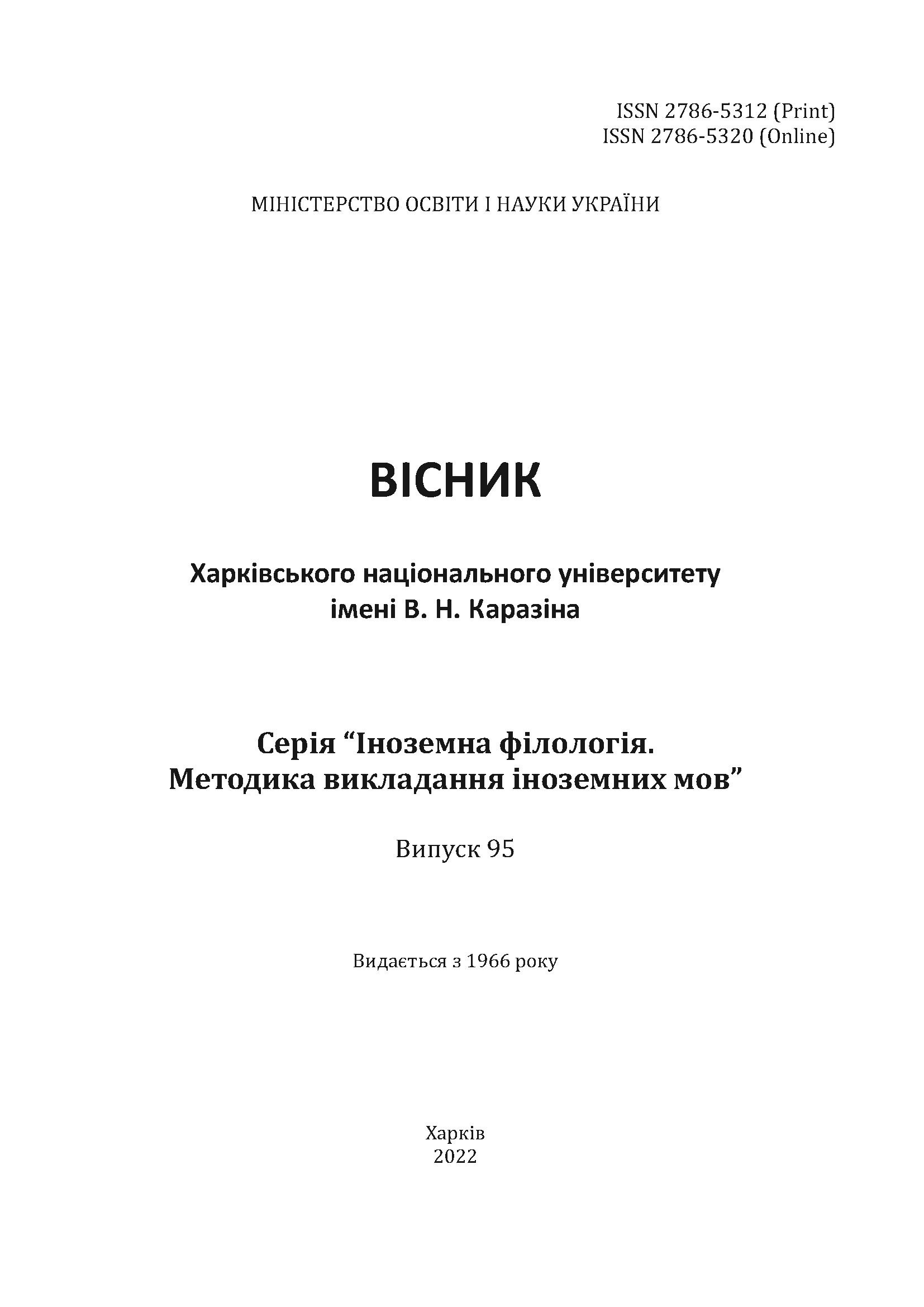Roots to Branches: retrospective and prospective intertextuality of British fanfiction (in works by J. R. R. Tolkien).
Abstract
Development of participatory culture together with computer network technologies has given rise to amateur network fiction: fanfiction. Fanfic texts emerge as derivative works of fiction reproducing transformed components of popular canon. The linguistic and cultural importance of fanfiction, underpinned by its overwhelming popularity, explains the urgent need in its comprehensive philological analysis. The article studies intertextuality as the creative principle of fanfiction, introducing the concepts of the intertextual vector of a fiction text, retrospective and prospective intertextuality, and makes use of specific examples to analyse it. A key feature of fanfiction is its intertextual imbalance. Fanfics are derivative texts created by retrospective intertextuality (references to the precedent canon). At the same time, fanfics rarely become precedent texts, weakening their prospective intertextuality. A rare example of intertextually balanced fanfic is the Middle-earth novels by J.R.R. Tolkien. Their retrospective intertextuality relies upon the Anglo-Saxon epic “Beowulf”, Scandinavian and Finnish epics, Old Germanic legends, novels by F. Cooper, and other texts. Such a wide scope of precedent texts makes the novels culturally rich and profound, which, together with their gripping plot and unique characters, ensures their precedence and the balance between retrospective and prospective intertextuality, with the latter implemented in countless fanfics. Prospects for further study include research into canon transformation in fanfics and intertext typology in fanfiction.
Downloads
References
Fathallah, J. М. (2017). Fanfiction and the author: how fanfic changes popular cultural texts. Amsterdam University Press.
Hudoshnyk, О., & Yarovkina, V. (2021). Fanfikshen yak alternatyvni media: suchasni komunikatyvni praktyky [Fanfiction as alternative media: current communicative practices]. Visnyk Natsionalnoho Universytetu “Lvivska Politekhnika”: zhurnalistyka [Messenger of the “Lviv Polytechnic” National University: Journalism], 1(1), 43−48. (in Ukrainian)
Jenkins, H. (1992). Textual poachers: Television fans and participatory culture. New York: Routledge.
Pindosova, T. S. (2019). Kategoriia intertekstualnosti v khudozhnikh tekstakh D. Brauna: pragmastylistychnyi aspect (Dys. kand. filol. Nauk) [Category of Intertextuality in Fiction Texts by D. Brown: pragmastylistic aspect. (Philology PhD thesis)]. Khersons’kyj derzhavnyj universytet, Kherson. (in Ukrainian)
Samokhina, V. SO. (2015). Dialektyko-dialogichna sutnist’ fenomena intertekstualnosti iak polifonii tekstiv [Dialectic-dialogic essence of the phenomenon of intertextuality as textual polyphony]. Visnyk Kharkivskoho Nationalnoho Universytetu imeni V. N. Karazina [Messenger of V. N. Karazin Kharkiv National University. Foreign Philology], 81, 21−28.
Samokhina, V. O., & Pasynok, V. H. (2017). Anthroponymic world in the text of the Anglophone joke. Lege Artis. Language yesterday, today, tomorrow. The journal of University of SS Cyril and Methodius in Trnava, 2(2), 284−355 (Web of Science).
Stephens, J. (1992) Language and ideology in children’s fiction. Longman.
Stanko, D. V. (2021). Anglomovnyi fanfikshen: perspektyvy doslidzhennia [English fanfiction: research prospects]. Zapysky z romano-hermanskoyi filolohii [Writings in Romance-Germanic Philology], 2(47), 109−115. (in Ukrainian)
Tolkien, J. R. R. (2012). The Hobbit, or There And Back Again. HarperCollins.
Tolkien, J. R. R. (2012). The Lord of the Rings. HarperCollins.
Volkov, А. (2001). Zapozychennia [Borrowing]. In: Leksykon zahalnoho ta porivnialnoho literaturoznavstva [Lexicon of General and Comparative Literary Studies]. Chernivtsi.




